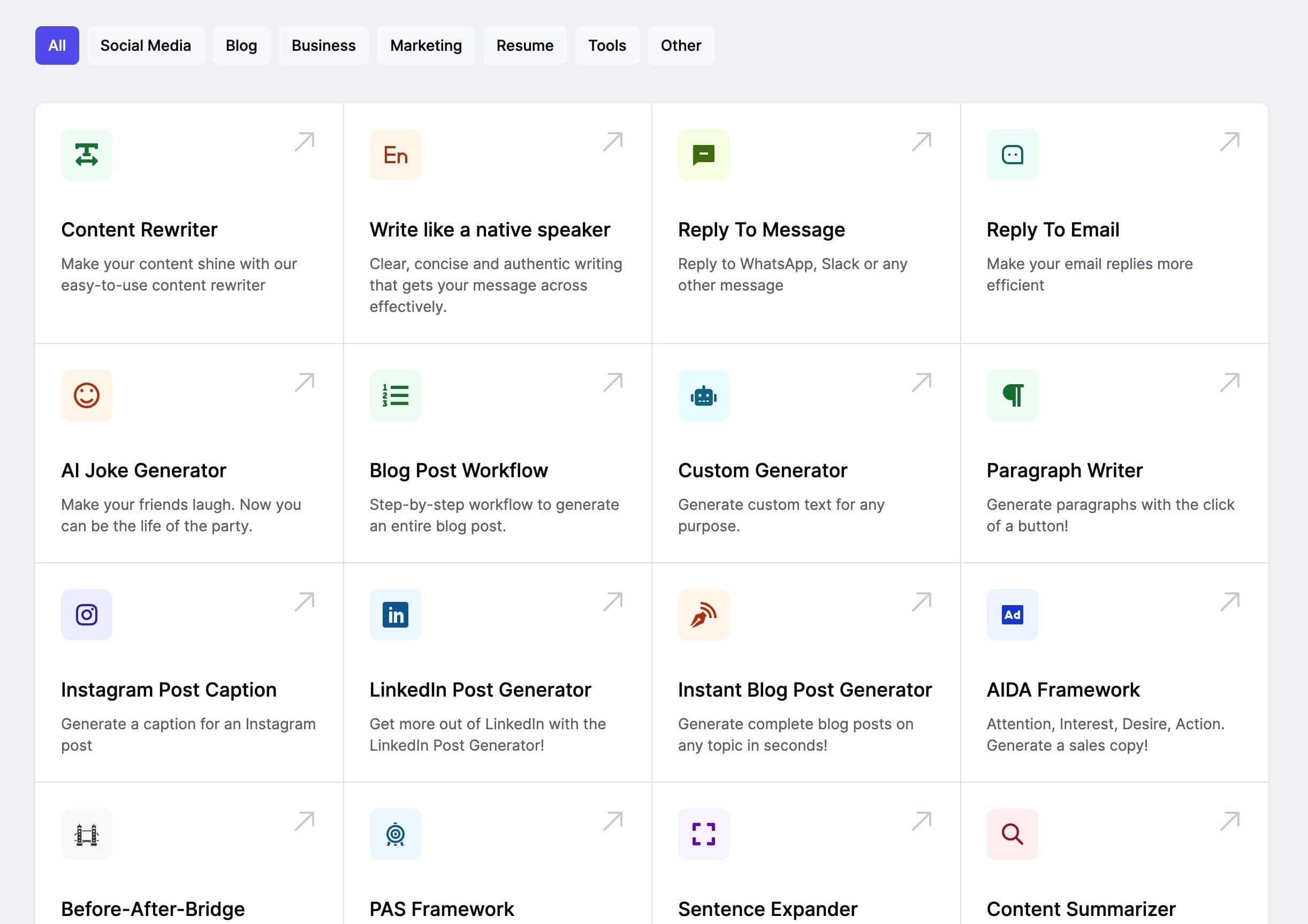INPUT
In this 6 Minute English programme, Neil and Beth talk about social media and how it affects the health of teenagers. Neil starts by asking Beth to put down her phone, and they ask if young people spend too much time on social media like Snapchat, TikTok or Threads. Beth says she spends more time on it than she wants to.
They explain that many studies show social media can be bad for mental health, especially for young people. In the United States, research found that teenagers who spend more than three hours a day on social media have double the risk of getting depression and anxiety. A teenager is a person between 10 and 19 years old, between childhood and adulthood.
Experts are more and more worried because social media can give young people a bad image of themselves. For example, 64% of teenagers say they often see hateful content. Beth and Neil explain that apps like TikTok show content based on what people already watched. This is called being fed content — the apps decide what you will see next.
To do this, they use algorithms — these are complicated rules and calculations that organise and personalise the content for each user. The goal of social media platforms is to keep people online as long as possible to make money from advertising. Revenue is the money they earn, usually by showing ads to users.
But this is a problem. Social media companies care more about making money than about the mental health of young people. Parents try to help and set limits, but as Professor Devi Sridhar said, it’s often a losing battle. That means it’s a fight that is hard to win, because teenagers spend a lot of time online and it’s important to them.
Finally, Neil asked Beth a question: what percentage of young people aged 13 to 24 use Snapchat? Beth thought it was 80%, but the correct answer was 90%.
In questo programma di 6 minuti in inglese, Neil e Beth discutono dei social media e del loro impatto sulla salute degli adolescenti. Neil inizia chiedendo a Beth di mettere giù il telefono e si interrogano se i giovani trascorrano troppo tempo su piattaforme come Snapchat, TikTok o Threads. Beth ammette di passare più tempo su queste app di quanto vorrebbe.
Gli ospiti spiegano che numerosi studi dimostrano come i social media possano avere effetti negativi sulla salute mentale, in particolare tra i più giovani. Negli Stati Uniti, una ricerca ha rivelato che gli adolescenti che dedicano oltre tre ore al giorno ai social media hanno il doppio delle probabilità di sviluppare depressione e ansia. Un adolescente è definito come una persona tra i 10 e i 19 anni, in una fase di transizione tra infanzia e età adulta.
Gli esperti esprimono sempre più preoccupazione, poiché i social media possono distorcere l'immagine di sé degli adolescenti. Ad esempio, il 64% dei ragazzi afferma di imbattersi spesso in contenuti offensivi. Beth e Neil illustrano come app come TikTok mostrino contenuti in base a ciò che gli utenti hanno già visualizzato. Questo processo viene definito "content feeding", in cui le app decidono cosa mostrerai in seguito.
Per fare ciò, utilizzano algoritmi, complessi sistemi di regole e calcoli che organizzano e personalizzano i contenuti per ogni singolo utente. L’obiettivo delle piattaforme social è mantenere le persone online il più a lungo possibile, per guadagnare attraverso la pubblicità. Il ricavato è il denaro che guadagnano, di solito mostrando annunci agli utenti.
Tuttavia, questo rappresenta un problema. Le aziende di social media si preoccupano più di fare profitti che della salute mentale dei giovani. I genitori tentano di intervenire impostando dei limiti, ma come ha detto il professor Devi Sridhar, spesso si tratta di una battaglia persa. Questo implica che è una lotta difficile da vincere, poiché gli adolescenti trascorrono molto tempo online e ciò è fondamentale per loro.
Infine, Neil ha posto a Beth una domanda: quale percentuale di giovani tra i 13 e i 24 anni utilizza Snapchat? Beth pensava fosse l'80%, ma la risposta corretta era il 90%.
